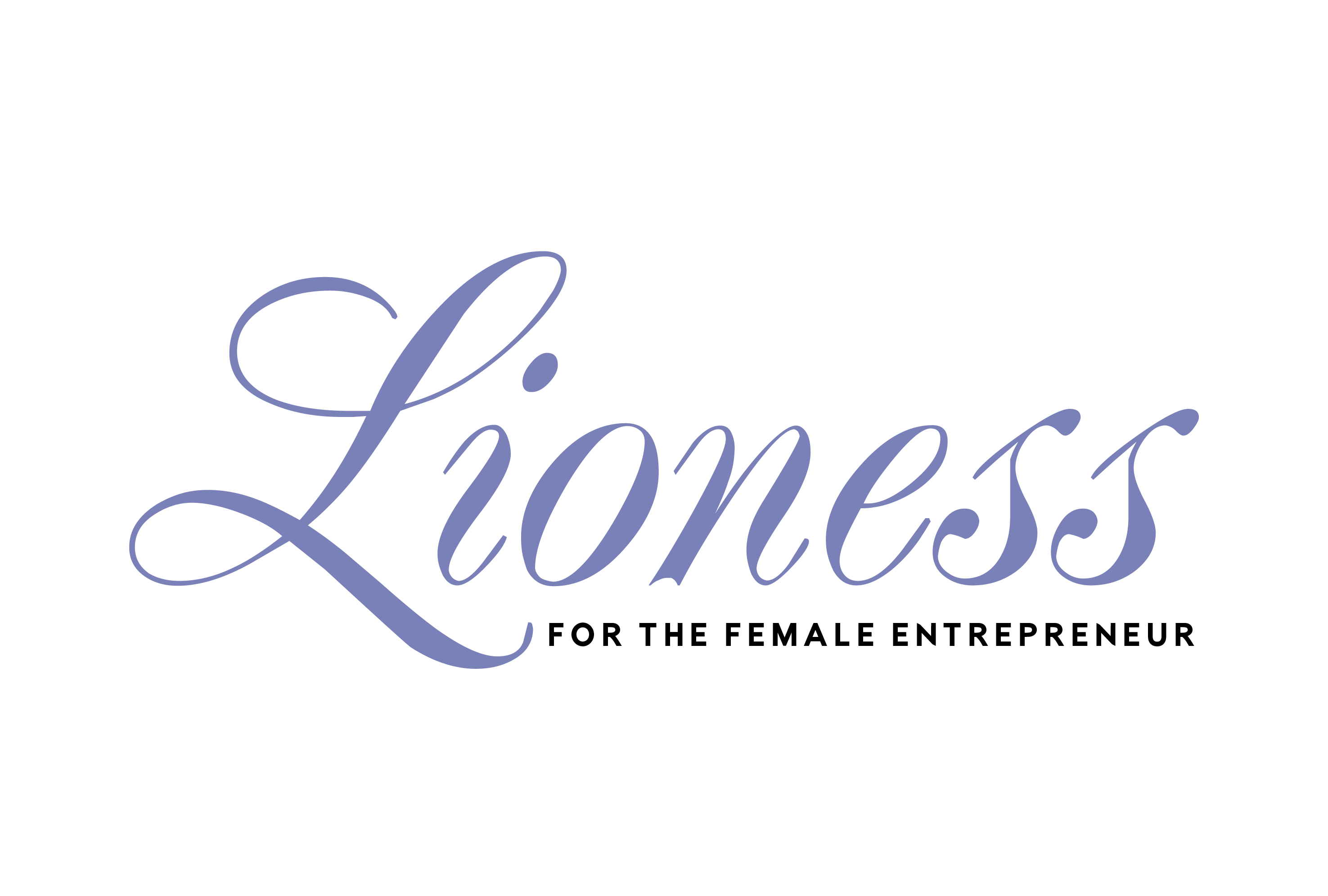Communication is simultaneously one of the most simple and complex activities we engage in as humans. Two or more people can talk about a topic and completely understand each other in one moment, and recognize a disconnect in the next moment. Colleagues who have trusting relationships will typically recognize this more quickly and get back on track. But often in organizations, leaders with contrasting priorities will continue to move forward without recognizing the growing divide between their work and that of their associates. They focus more on talking than listening and effective communication. Failure to listen to colleagues ultimately impacts organizational productivity and profitability.
Communication disconnects typically occur around:
Meaning
Each party ascribes different definitions to the words used or processes introduced. This could be a product of their past experiences in different settings or how it’s explained.
Motives
Each party has different underlying objectives they want to accomplish. Their intent may be to push responsibility to others, take accountability for a preferred piece of work, advance a specific point of view or accomplish a certain objective.
Assumptions
Each party thinks they understand the other’s beliefs, values or plans, and moves forward as if it’s so, without taking steps to clarify and confirm them.
Objectives
Each party has a different goal in mind. Because each believes they’re correct, they lack alignment and synergy to move forward.
Style
Each party has different communication styles that result in failure to speak with clarity, listen fully and understand their own underlying needs and the needs of others.
Reconnection forms when colleagues engage in the five P’s which form steps to improved communication.
- Partnership – Rather than talking to or at a teammate about a topic, frame it as talking with them. Imagine yourself sitting next to them, not across the table, staring at each other. Take it one step further and imagine holding hands tightly as you move through an obstacle course. To make progress, you must constantly discuss what needs to be done next and how.
- Perspective – Sometimes, we look through a foggy glass and think we know what we see until the fog clears, and we recognize how off base we are. Or imagine standing in the middle of the street looking at a home, and your partner is in the backyard looking at the same structure. You each will view the same thing differently based on where you’re standing. Only when you combine your information will you better understand what you’re seeing. That requires talking, asking questions for clarity and listening.
- Problem-solving – Start by describing the problem. Failure to understand and agree on what it is in the first place only ensures that you won’t properly address it. At the same time, even if two people do describe the problem differently, they may be able to agree on options to address it that meet most of each person’s needs.
- Purpose – Always remember why you’re having a conversation in the first place. Are you trying to fix a quality issue, develop an organizational strategy, improve profitability, bring an innovative product to market or connect with new stakeholders? Ensure that your purpose is the foundation for decision-making. Use recognized misunderstandings to probe more deeply about what needs to be done and how.
- Practice – This isn’t one-and-done. Keep these steps top of mind to ensure you repeat them time and time again until they become engrained in your behavior.
Barriers to connection
We live in an era where the increased use of instant messaging marked by quick notes and brevity contributes to more misunderstandings, particularly when communicating with people we don’t know as well. Often, instead of admitting the need to spend more time getting to know our colleagues, we simply ignore that quiet thought because we believe we have other, more important priorities. Learn to recognize the signals when something seems off, or when the tone of a message is questionable, or when you recognize a disagreement. Stop. Reach out and invite the person to coffee or lunch. If prohibited by distance and a virtual call is the only option, set aside ample time to have a full conversation.
Bridges to connection
Share your intent for relationships with colleagues and be transparent about where you struggle. Share key moments in your professional development, why you’ve selected your chosen line of work and what you hope to contribute to it. For example, you might tend to become so engrossed in getting work done that you fail to invite others’ opinions. And above all, listen. Ask questions for clarity. Find things you can agree on.
These are people whose support you’ll need in the future. Understanding each other’s priorities will help you make the appropriate tradeoffs and effectively connect and collaborate to accomplish goals.
Your objective is to build trust. This is the bridge that connects groups to support better listening and communication. Trust comes from spending more time together, discussing personal beliefs and values, sharing history, actively listening to each other and identifying points of connection. Trust is built on mutual respect and shared priorities. Organizational cultures that demonstrate trust as a core value are stronger and better able to achieve their goals.
For more on effective colleague communication, read Is Your Team Connecting, Whispering or Shouting?







Add Comment